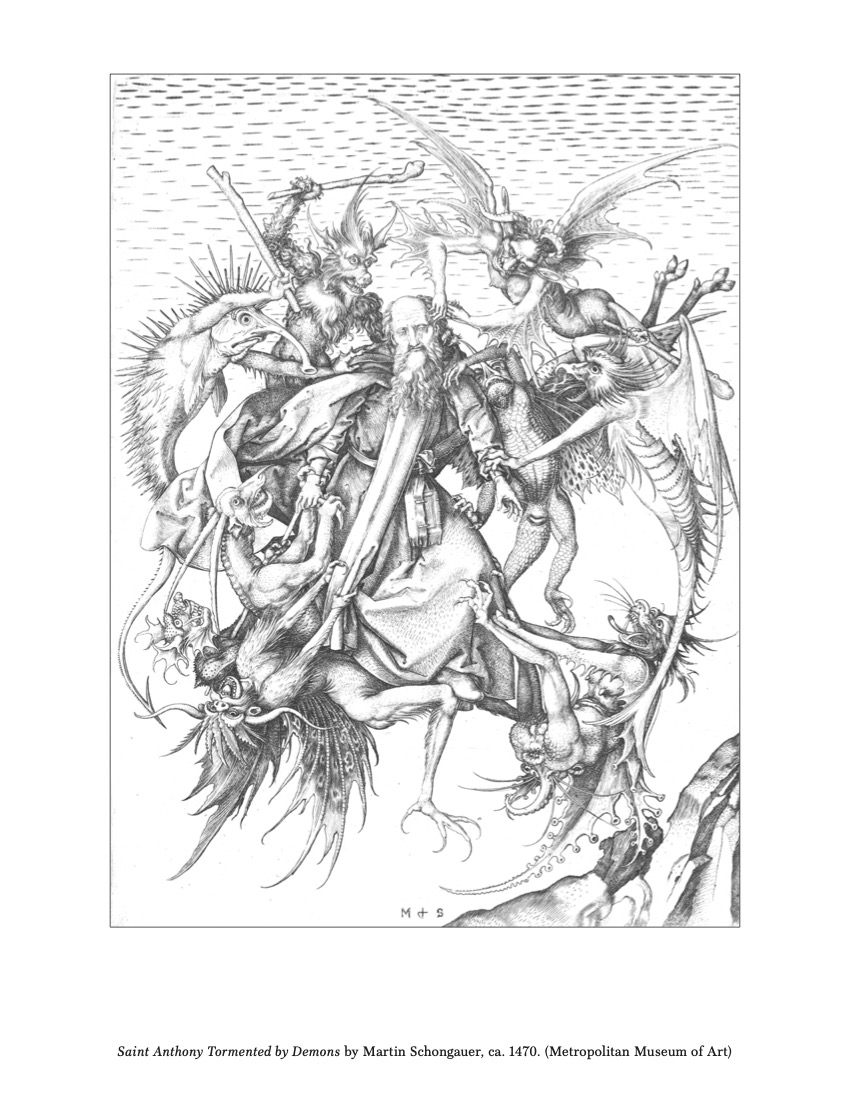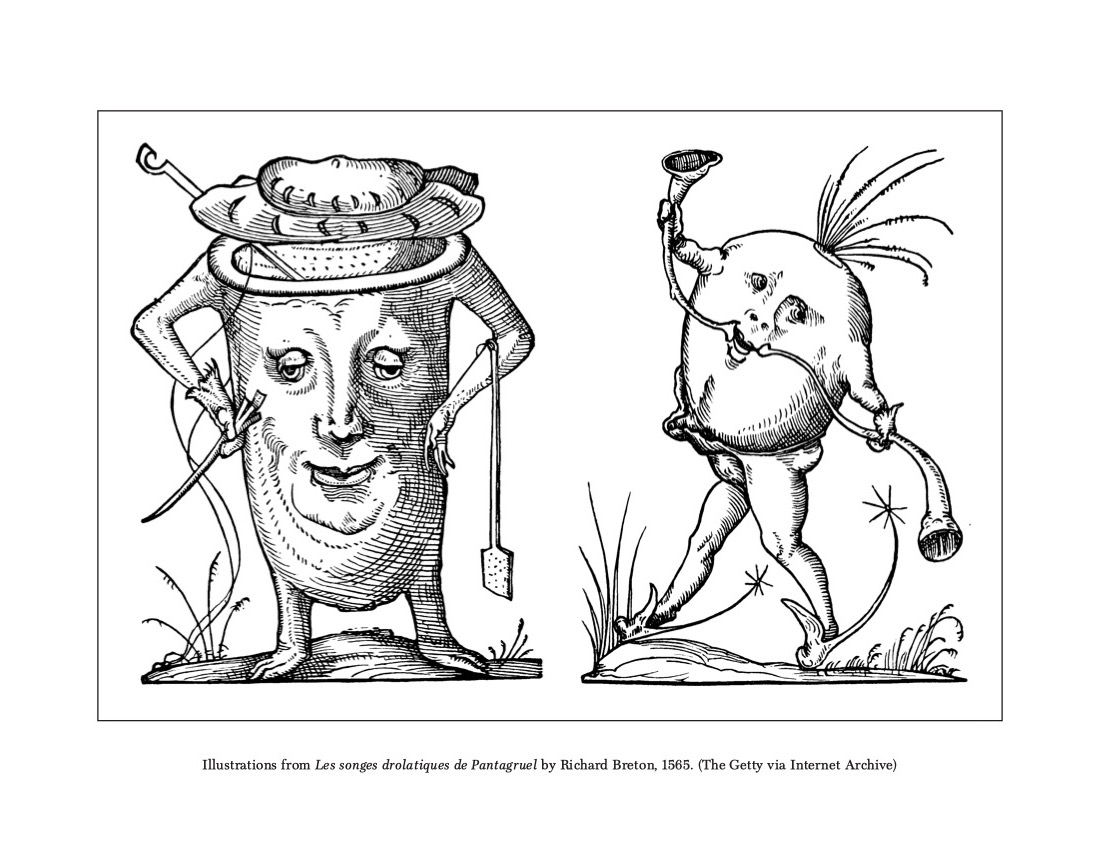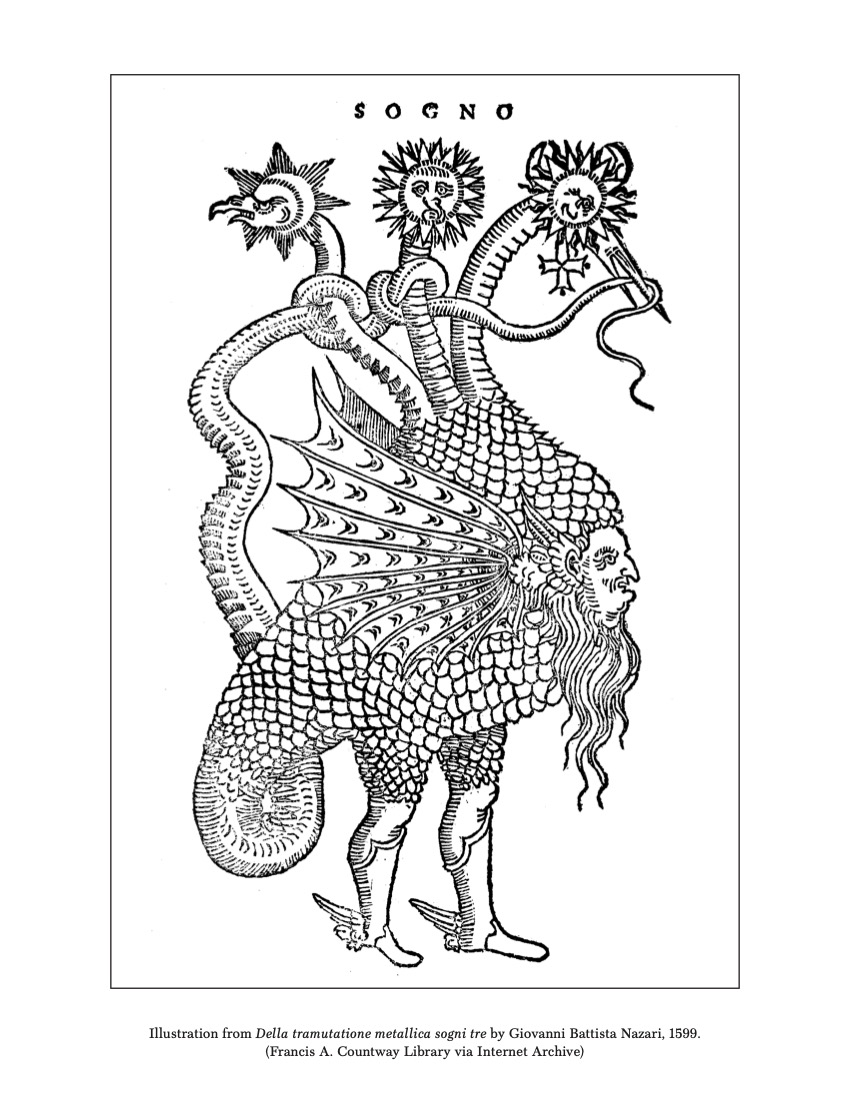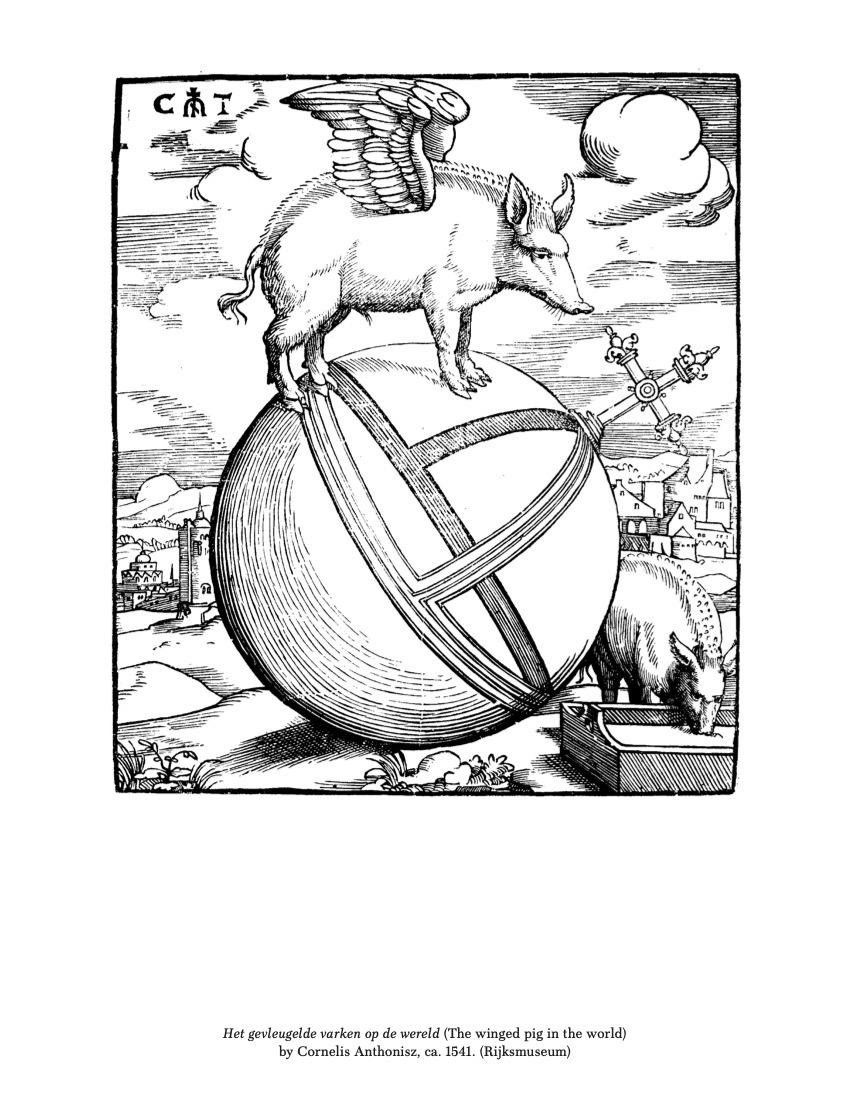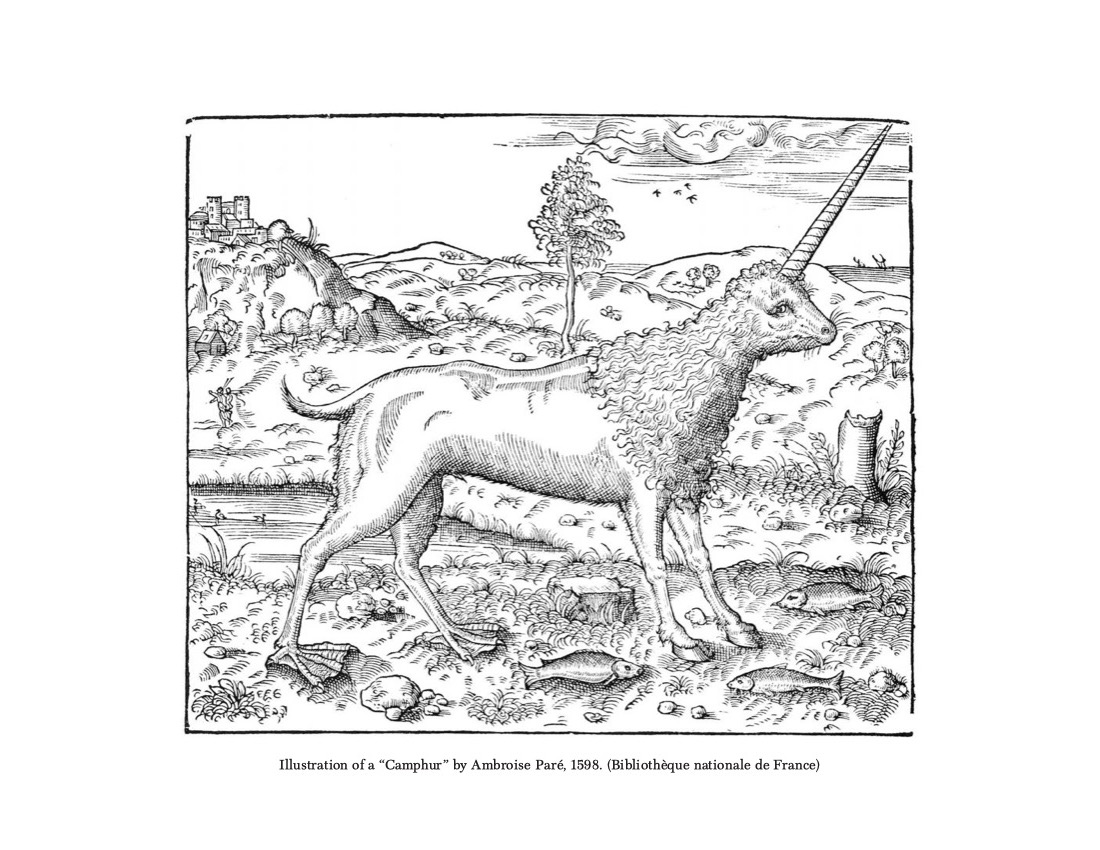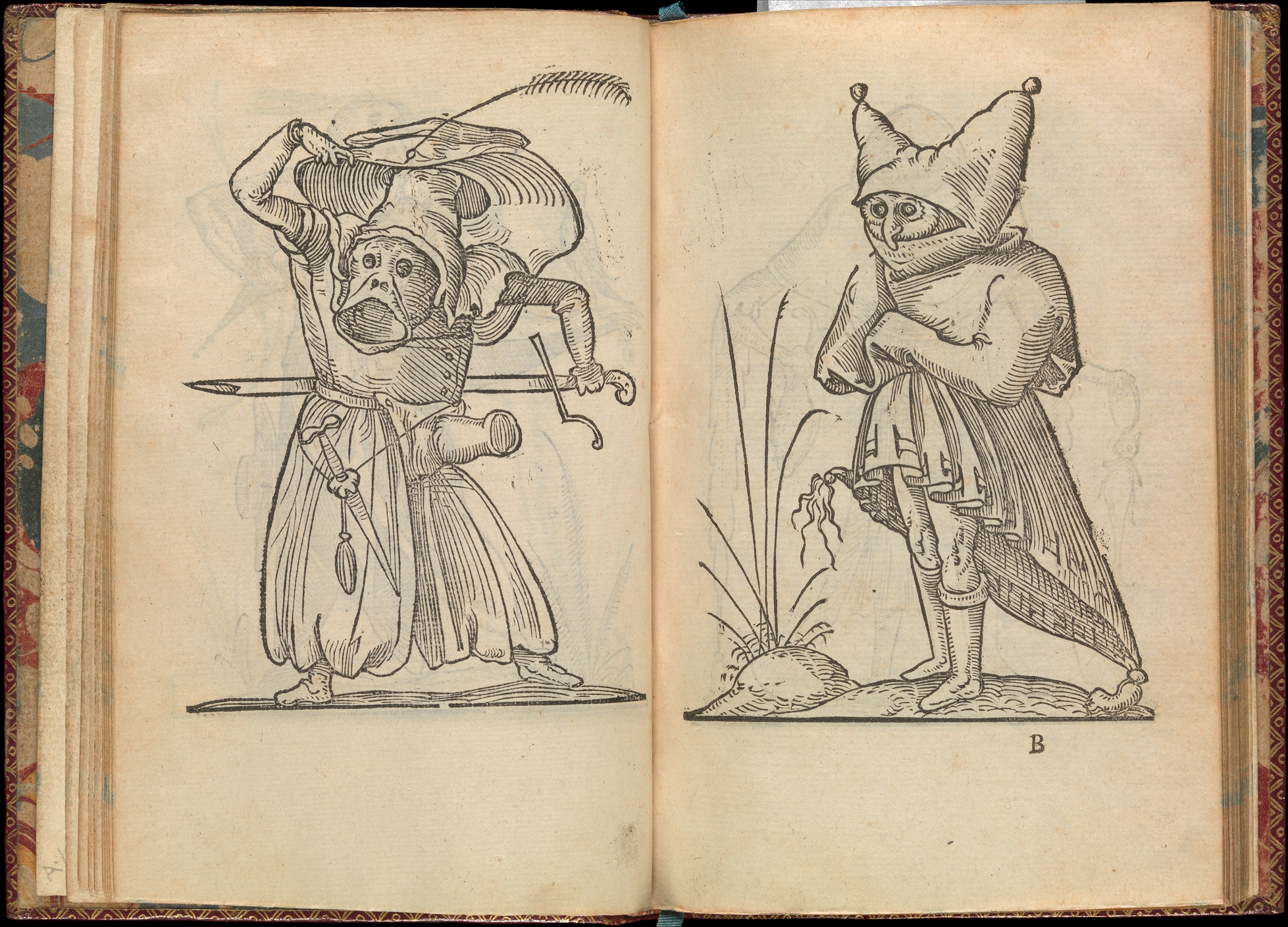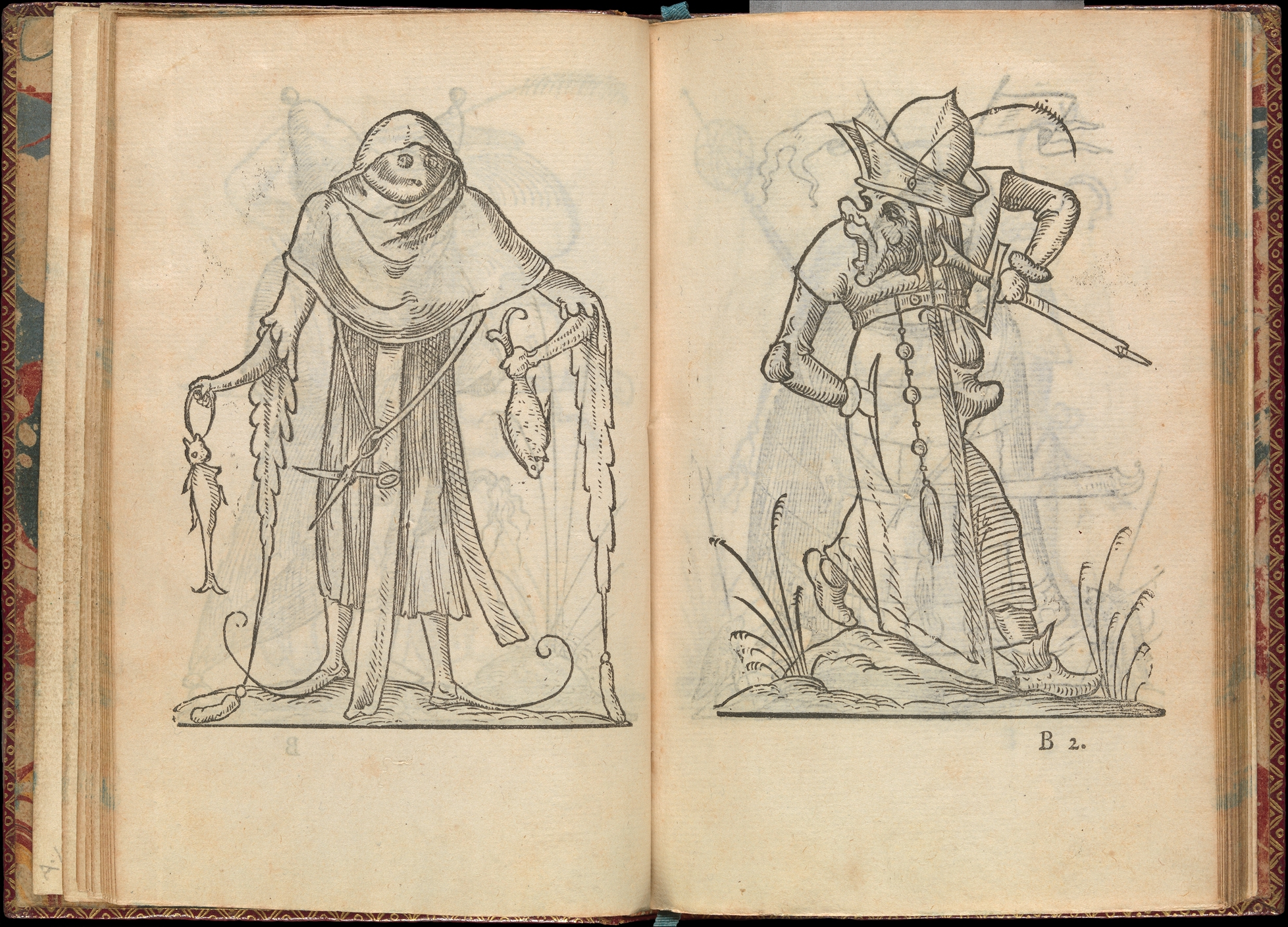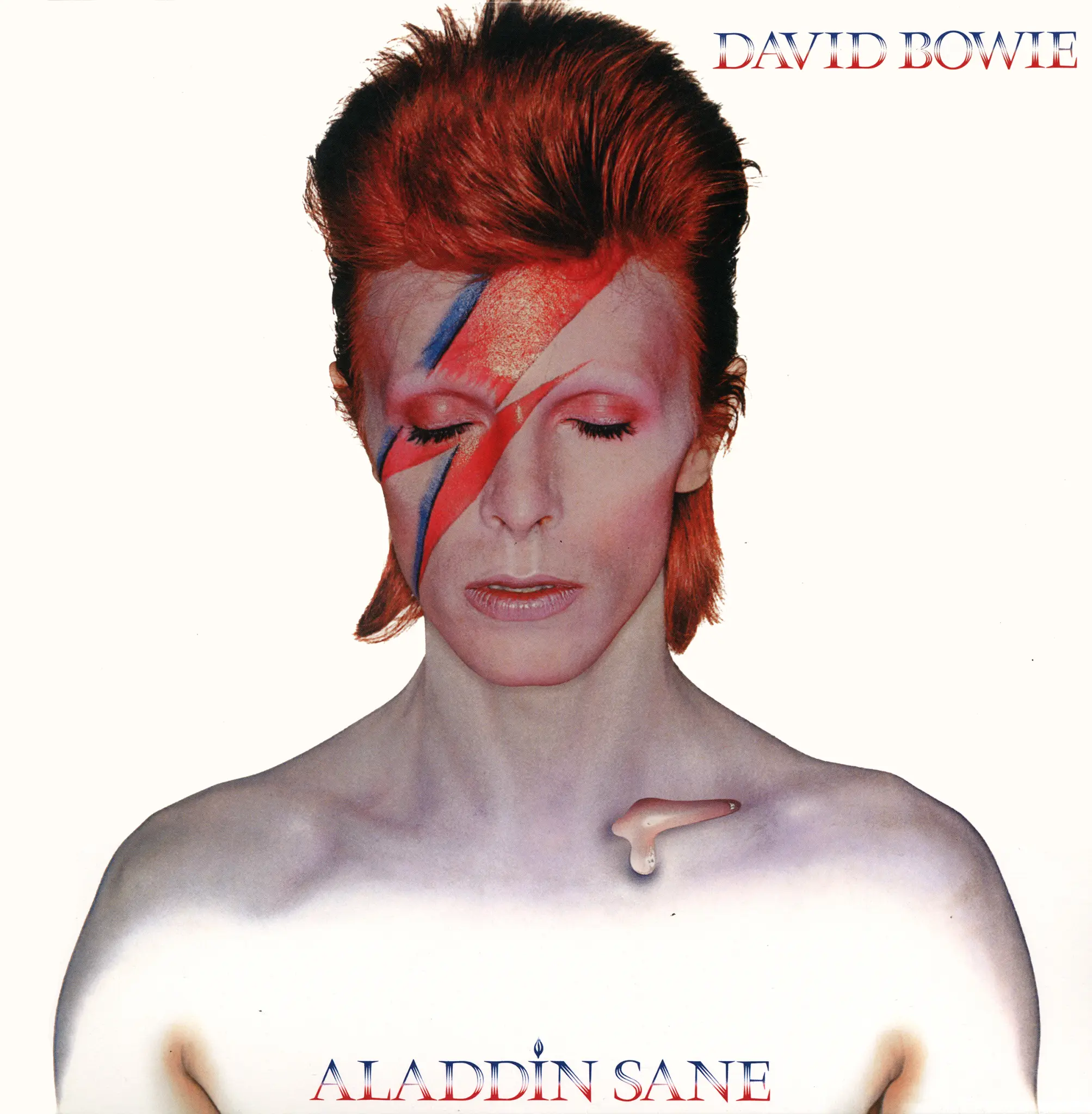“This is a person who is profoundly uncomfortable addressing an audience and yet puts himself in that position,” David Byrne told Studio 360’s Kurt Anderson in 2019, as they watched some of the above footage of his 23-year-old self fronting a live Talking Heads’ performance back in 1976.
Everything was pretty new back in that Bicentennial year.
Talking Heads had formed the year before, when Byrne and drummer Chris Frantz, who’d been bandmates at the Rhode Island College of Design, moved to New York City with Frantz’s girlfriend, bassist Tina Weymouth.
The venue hosting this live performance, New York City’s legendary experimental art space, The Kitchen, was slightly less wet behind the ears, having opened its doors in 1971. (Some 30 years later, elder statesman Byrne was the guest of honor at its annual spring gala.)
However you define it — New Wave, no wave, post-punk art pop — the band’s sound was also fresh, though Byrne suggests, in the interview with Anderson, there was nothing new about his youthful cockiness:
…like a lot of bands, artists, everything else, any period really, you tend to think that, um, the pervasive stuff around you is crap and you and your friends are…we’re doing the real stuff.
And optimistically, one might think, since we’re doing the real stuff and it has real soul and passion, and it’s of its moment, it represents its moment, and so immodestly, you think, “Of course! Things are just going to fall into your lap because you’re doing something that has some truth to it. Uh…that certainly doesn’t always happen.
It happened comparatively quickly for Talking Heads.
Several of the songs they performed as a trio that March night at the Kitchen made it onto Talking Heads: 77, the debut studio album recorded barely a year later, by which time a fourth member, Jerry Harrison, had joined on keyboards and guitar.
Of particular note above is Psycho Killer, which earned the band both notoriety, owing to the coincidental timing of 1976 and 1977’s Son of Sam murders, and their first Billboard Hot 100 spot.
“This song was written a long time ago,” the young Byrne stutters into the microphone at the Kitchen, then apologizes for fiddling with his clothes and equipment.
(“It’s all good!” Frantz calls out encouragingly from behind his drum kit.)
According to the liner notes of Once in a Lifetime: The Best of Talking Heads, Byrne began work on the song in college:
When I started writing this (I got help later), I imagined Alice Cooper doing a Randy Newman-type ballad. Both the Joker and Hannibal Lecter were much more fascinating than the good guys. Everybody sort of roots for the bad guys in movies.
Fans may note a disparity in the lyrics between this performance and recorded versions of the song. Here, the second verse goes:
Listen to me, now I’ve passed the test
I think I’m cute, I think I’m the best
Skirt tight, don’t like that style
Don’t criticize what I know is worthwhile
Psycho Killer stayed on the shelf for David Byrne’s American Utopia, the Broadway show recently filmed by Spike Lee. But it gave a far more polished Byrne an excellent opener for Talking Heads’ 1984 concert film, Stop Making Sense.
The uncomfortable young frontman dressed like a “proletariat everyman,” who the Kitchen’s press release described as “a cross between Ralph Nader, Lou Reed, and Tony Perkins.” And he has since managed to acquire some impressive performance chops over the course of a still flourishing career.
This is your chance to catch him at that awkward age when, as Byrne told Kirk Anderson, he performed “because he had to”:
There was this means of communication that was being a performer and writing songs and singing them (that) was a way of, kind of being present to other people — not just girls, but other people in general.
Setlist for The Kitchen, March 13, 1976:
00:00 — Introduction/soundcheck
02:13 — The Girls Want To Be With the Girls (Featured on More Songs About Buildings and Food in 1978)
06:05 — Psycho Killer (Featured on Talking Heads: 77 in 1977, with different lyrics)
The lyrics of the 2nd verse of Psycho Killer is different from the recorded version!
10:55 — I Feel It In My Heart (Featured on the deluxe version of Talking Heads: 77, with different lyrics)
15:28 — I Wish You Wouldn’t Say That (Featured on the deluxe version of Talking Heads: 77)
18:15 — Information about the recording
19:00 — Stay Hungry (Featured on More Songs About Buildings and Food)
24:35 — I Want To Live (Featured on compilations such as Sand in the Vaseline, 1992 and Bonus Rarities & Outtakes, 2006)
29:48 — Tentative Decisions (Featured on Talking Heads: 77)
32:55 — No Compassion (assumed, video ends before song starts)
Related Content
Watch the Talking Heads Play a Vintage Concert in Syracuse (1978)
The Talking Heads Play CBGB, the New York Club that Shaped Their Sound (1975)
- Ayun Halliday is the Chief Primatologist of the East Village Inky zine and author, most recently, of Creative, Not Famous: The Small Potato Manifesto. Follow her @AyunHalliday.


